Traditional Kokeshi, love at first sight.
We have always been passionate about turned objects. Those who have been in the store are surely familiar with our collection of rolling pins, or that of mallets. For the past year or so, however, these curious figures have also begun to appear on the shelf.
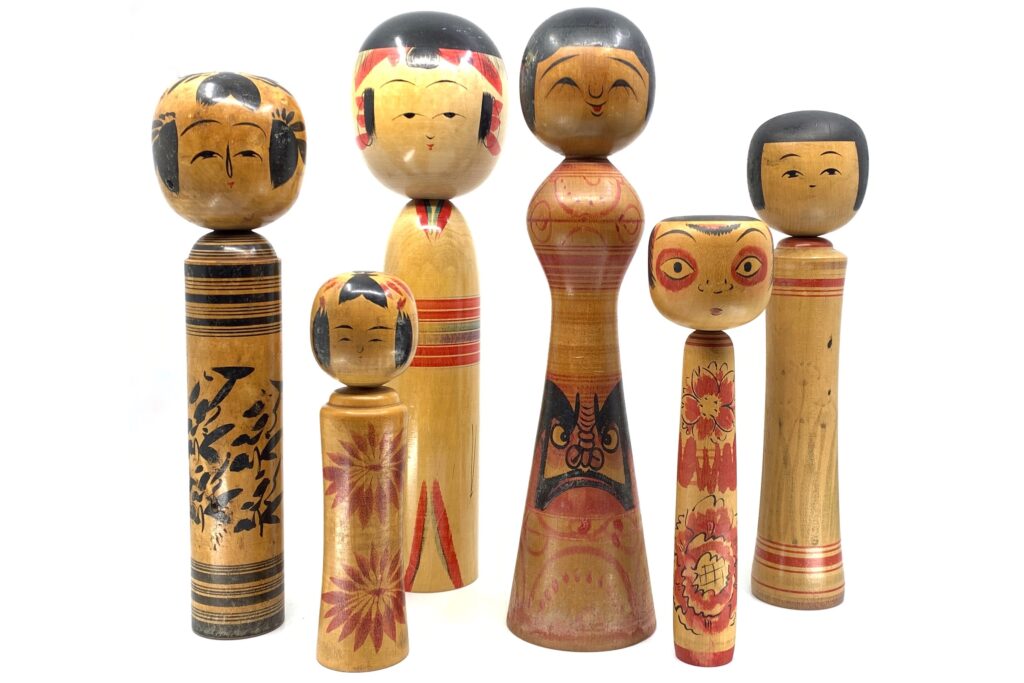
For us it was love at first sight and we (pleasantly…) let ourselves fall into their trap. There is always one that you miss….
What’s a kokeshi?
Kokeshi(s) are wooden dolls made only in Tohoku, the northernmost region of the largest island in the Japanese archipelago. Being a mountainous region, it has always been home to wood craftsmen, particularly turners, who made everyday household items (bowls, plates, etc.). With unused scraps of wood, someone began making toys, simple dolls without arms and legs that a child could easily handle. But the Tohoku region was also famous for its spas (onsen), so it soon became a destination for rest and vacation, from which people wanted to bring back memories.
The popularity of kokeshi dolls
So in the mid-nineteenth century production of these dolls, which were in demand as souvenirs, increased considerably and began to characterize the different styles, or schools, (Key) that are basically named after their area of origin. Even today, schools retain their distinctive characteristics and are recognizable quite easily, although there can be many small variations. There were traditionally 11, to which a 12th was added in 2018, the Nakanosawa School.
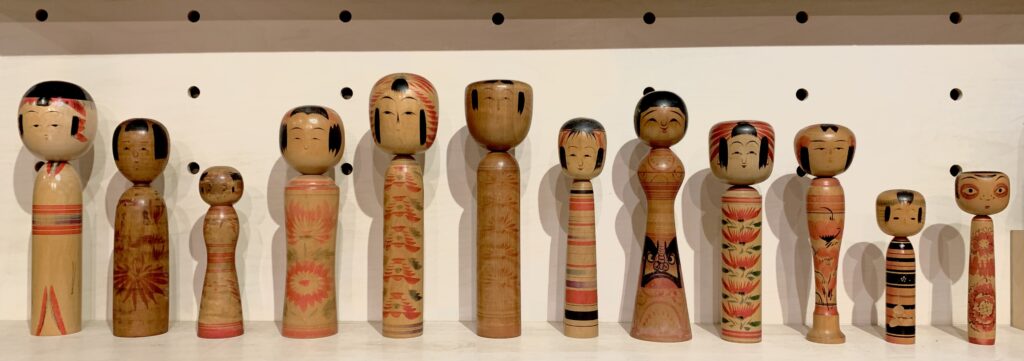
How Japanese kokeshi dolls are made
Traditional kokeshi (Dentō Kokeshi) are made mainly of dogwood, maple, magnolia or cherry. The wood is cut in winter, stripped of its bark and left to dry for up to a year. At this point it is cut and machined on the lathe. Most styles use two separate pieces to make head and torso, while some (Kijiyama for example) use one piece. After very fine sanding, the master moves on to the last stage, that of decoration. At the end he signs his creation, normally under the base.
A unique aspect of kokeshi making is that the master (Koujin) truly takes care of all phases of the work himself: from making the tools he will use, to working on the potter’s wheel, to decorating. This is surely also why each doll has its own personality.
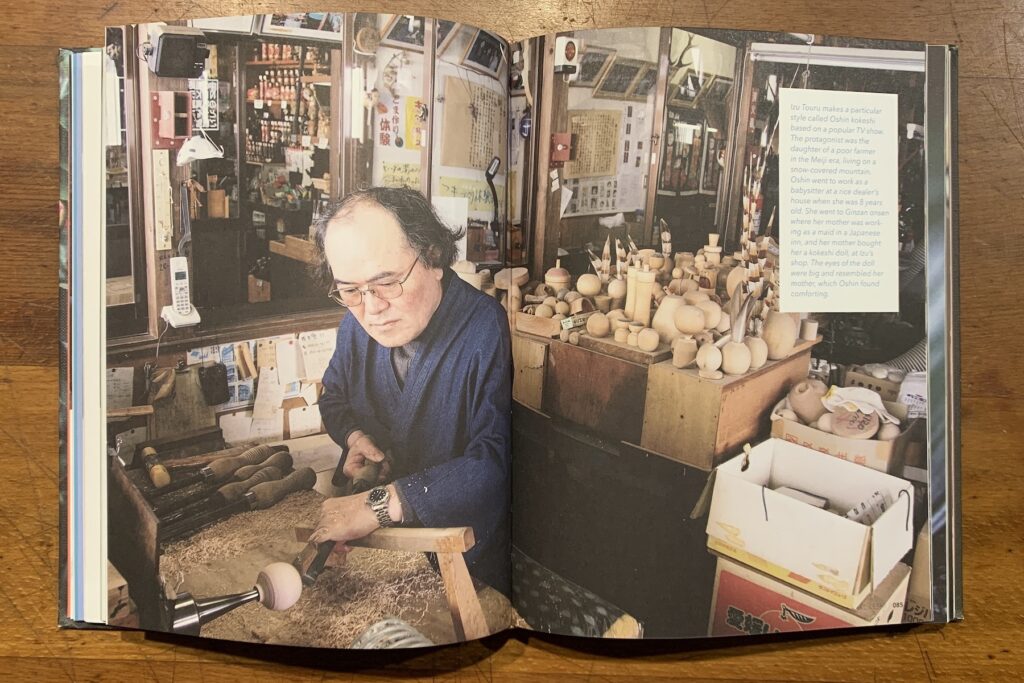
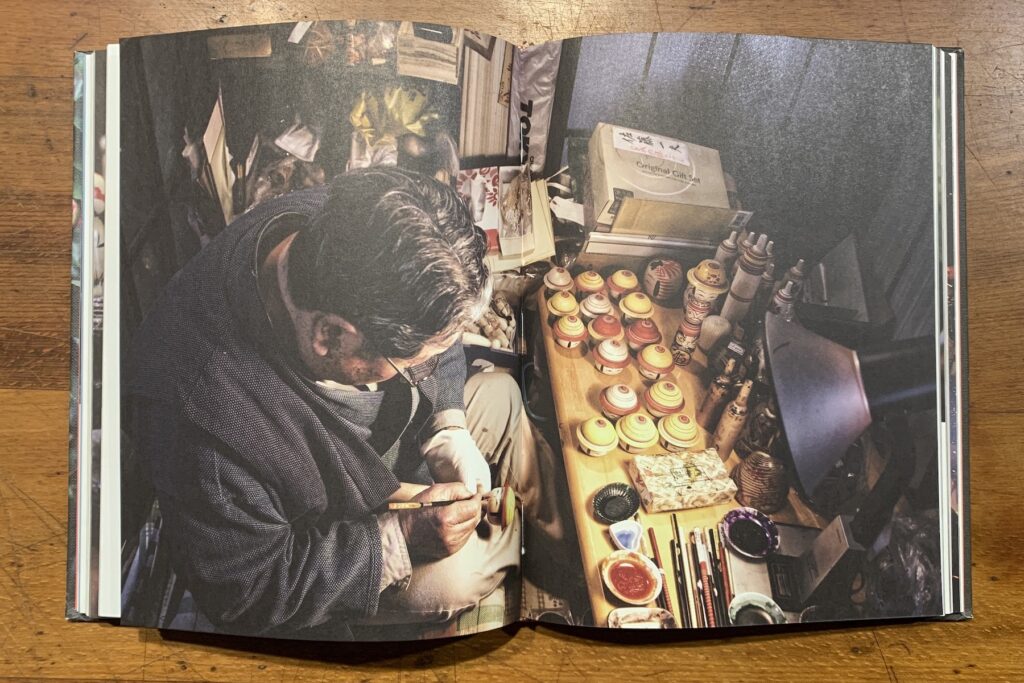
Some people even call them healing, because of their calm and demure expression, which is able to “resonate with the soul.” Furthermore, each kokeshi gives expression to the inherent warmth of the wood from which it is made: many collectors, in fact, instead of new kokeshi, seek out vintage ones, because wood, unlike other man-made materials, does not degrade with time, but takes on an increasingly fascinating patina. Slowly the color of the paint also becomes fainter and fainter until it almost disappears.
Simple, elegant, and minimal, they represent the magic of a past when things were made one by one with calm and care and that fortunately still survives today.
There would be so much to say, but if you already felt like starting your own collection, you should know that we have opened a new “Vud Loves” page dedicated to them, where you can find some kokeshi from the different schools.
The important thing is that they are never left alone, because:
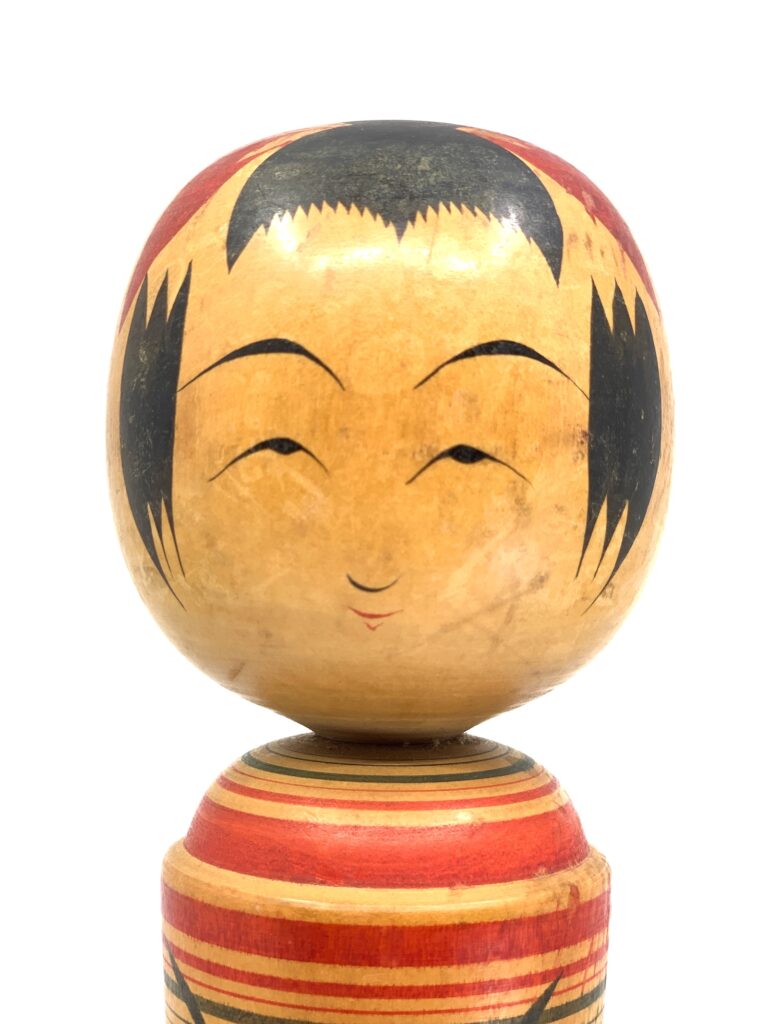
“Even though Naruko’s kokeshi is gone because someone bought it
It will certainly always remember the workshop of the craftsman who created it
At night, in a corner of his new home,
The pretty kokeshi will dream of Naruko
Far from Naruko
The kokeshi will miss the smell of the thermal waters.
Poesia di Fukasawa Kaname (1904-1947) su “Kokeshi. Il Tohoku tra tradizione ed innovazione”, traduzione di Andrea Maurizi
For further study we recommend some books and a beautiful site.
“Kokeshi. Il Tohoku tra tradizione ed innovazione”, C. Covito, R. Menegazzo, V. Sica, ed. Scalpendi 2021.
“Kokeshi: from Tohoku with love”, Manami Okazaki, Kingyo Press 2015